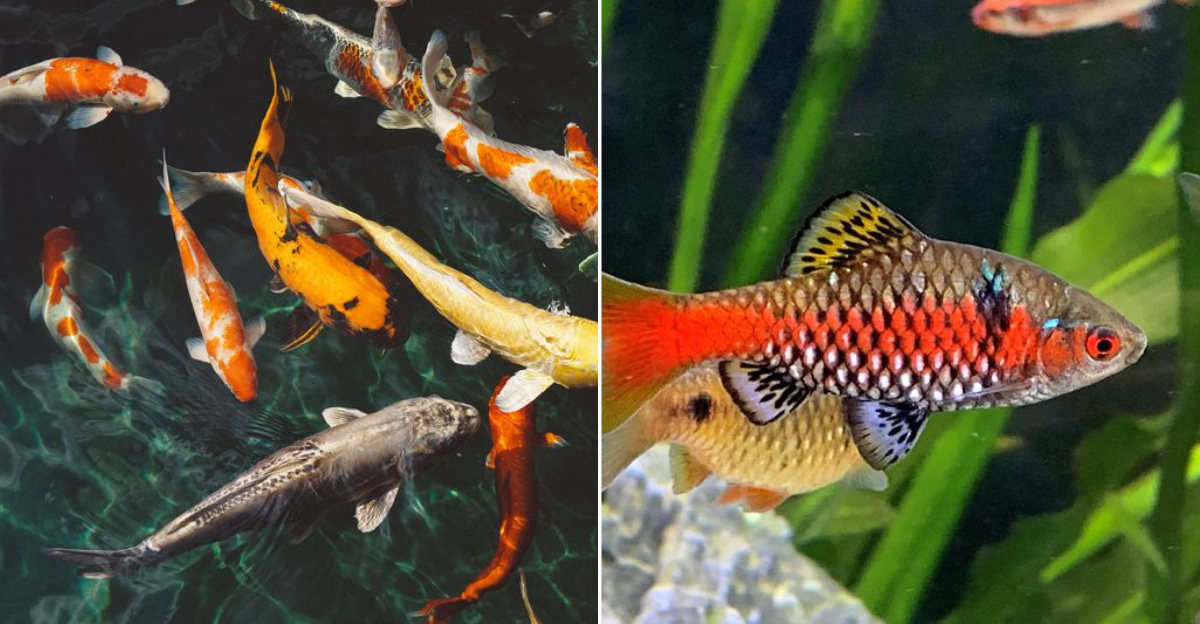Illinois winters can be brutal, but that doesn’t mean your home aquarium has to go tropical to stay lively.
Some fish actually thrive in cooler temps, bringing beauty and personality without needing a heater cranked to the max.
Whether you’re a seasoned aquarist or just starting out, these cold-tolerant swimmers are hardy, fascinating, and full of charm.
With the right care and a few smart tips, they’ll turn your tank into a thriving underwater haven year-round.
1. Goldfish: The Original Cold Water Champions
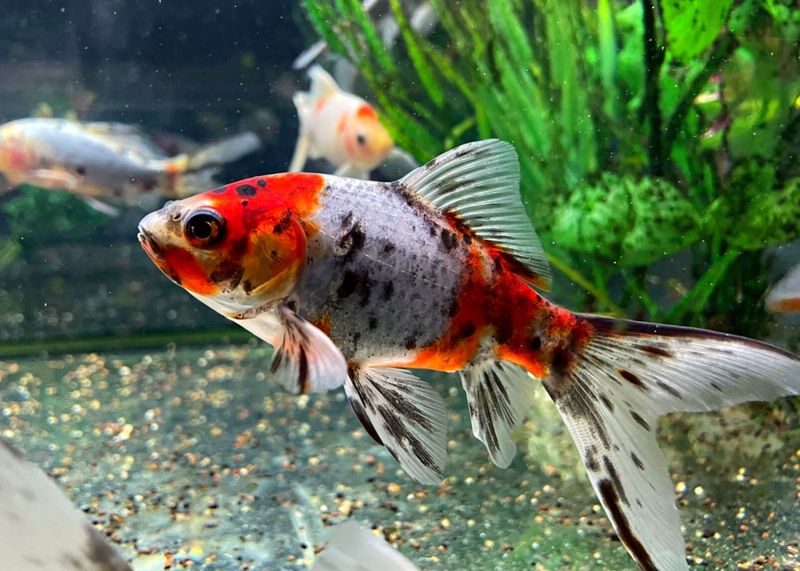
These orange wonders aren’t just carnival prizes—they’re cold water warriors with a 1,000-year breeding history!
Fancy varieties like Orandas and Ryukins add pizzazz to any tank, while common goldfish can withstand near-freezing temperatures.
Just remember: they’re poop machines requiring strong filtration. Give these swimmers plenty of space; they can grow over 12 inches in proper conditions and live 20+ years with good care.
2. Koi: Living Art That Survives Illinois Winters
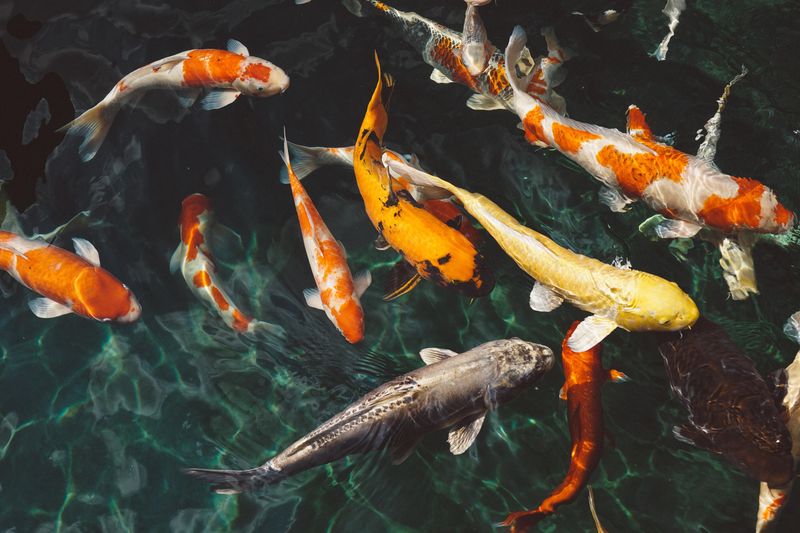
Descended from humble carp, these swimming masterpieces have graced Japanese gardens for centuries.
Their ability to hibernate at the bottom of ponds when water surfaces freeze solid makes them Illinois winter champions.
Each koi develops unique patterns as it grows, becoming more valuable with age. The oldest known koi lived to 226 years! For outdoor ponds, ensure at least 3 feet depth with an unfrozen zone for winter survival.
3. White Cloud Mountain Minnow: Tiny Tanks’ Cold-Hardy Heroes
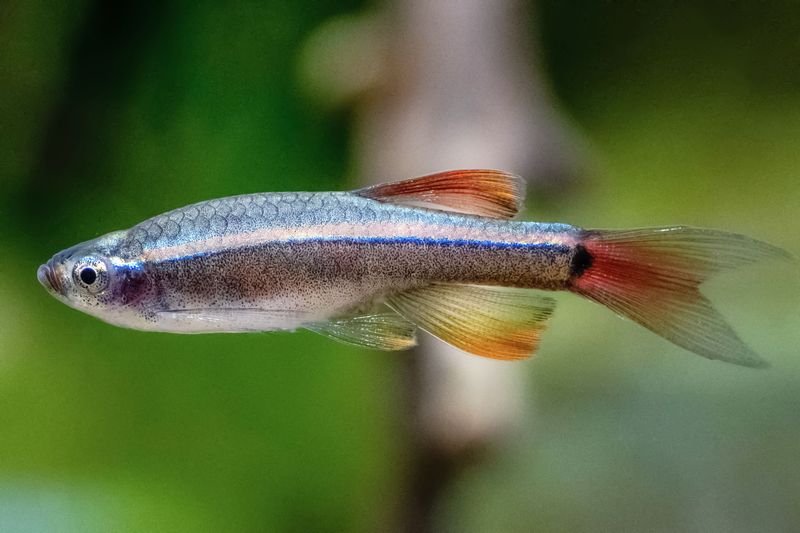
Nicknamed “poor man’s neon tetras,” these little swimmers pack major cold tolerance into their inch-long bodies.
Originally from chilly Chinese mountain streams, they thrive in unheated tanks where tropical fish would shiver. Their flashing red fins and peaceful schooling behavior make them perfect for beginners.
Unlike most minnows, they won’t nip fins of tank mates. Keep at least six together to reduce stress and showcase their natural behaviors.
4. Rosy Red Minnow: The Budget-Friendly Polar Bear
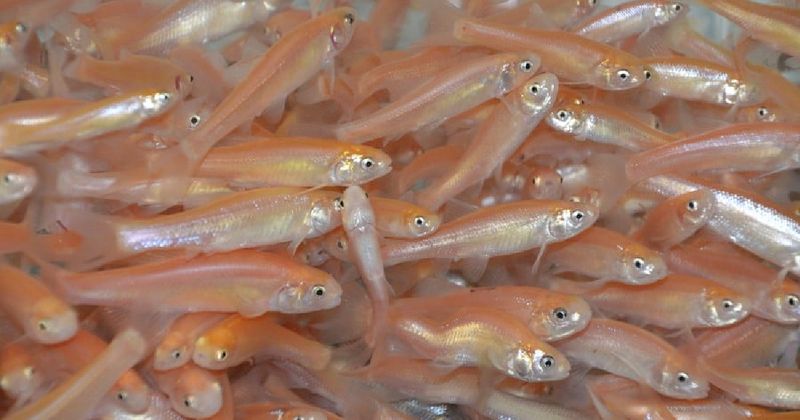
Bet you didn’t know that humble feeder fish sold as bait can become charming pets! These North American natives handle temperature plunges that would destroy tropical species instantly.
Their rosy-gold coloration brightens during breeding season, especially in males. Perfect for outdoor tub gardens or unheated basement tanks.
They’re social butterflies—keep at least 8-10 together and watch their playful antics as they dart through plants and decorations.
5. Weather Loach: The Living Barometer
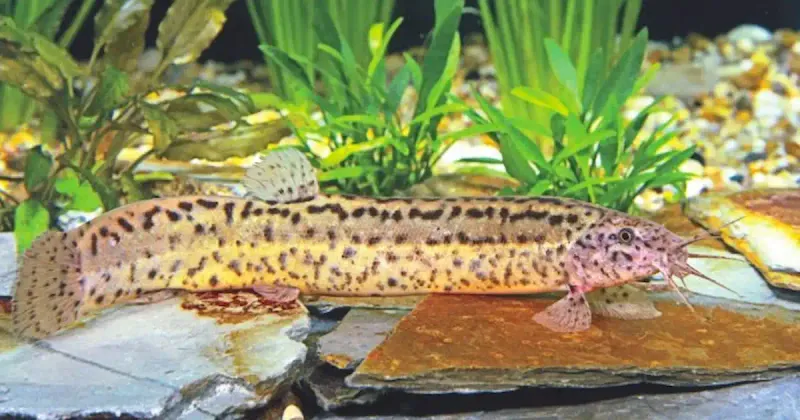
When these quirky bottom-dwellers start doing the aquarium equivalent of parkour, grab your umbrella! Weather loaches famously predict storms by increasing activity when barometric pressure changes.
Their whisker-like barbels help them find food in murky conditions. These gentle giants (reaching 12 inches) can breathe air directly and survive in poorly oxygenated water.
Some owners report their loaches recognizing them and eating from their hands like aquatic puppies!
6. Hillstream Loach: Nature’s Suction Cup
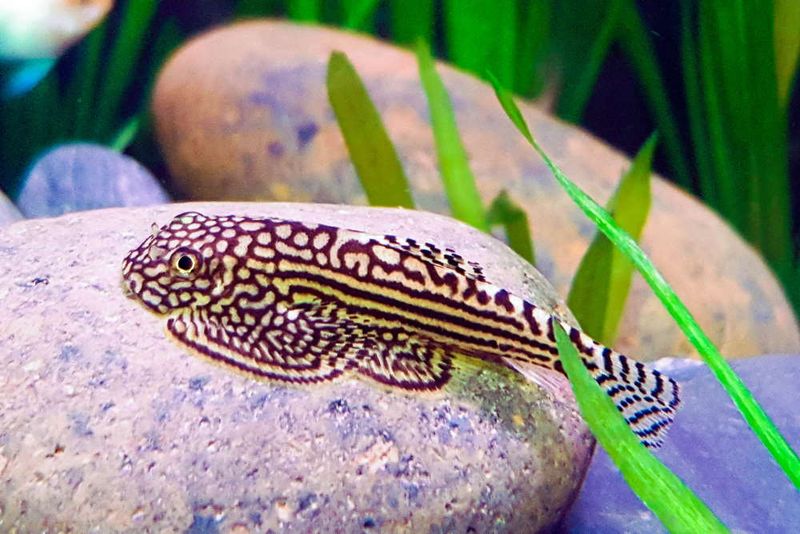
Built like aquatic sports cars, these flat-bodied oddballs use modified fins to grip rocks in fast-moving streams.
Their unique body shape isn’t just for show—it prevents them from washing away in their high-current natural habitats.
Hillstream loaches demand pristine, oxygen-rich water with temperatures between 65-75°F. Their algae-scraping habits make them natural tank cleaners.
Create mini-rapids with powerheads to watch their fascinating “climbing” behaviors as they navigate vertical surfaces.
7. Paradise Fish: The Original Aquarium Pioneer
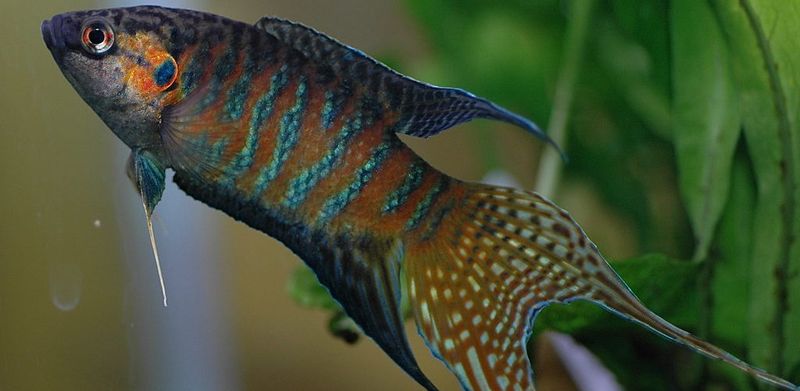
Before neon tetras and fancy guppies stole the spotlight, these flashy labyrinth fish were the Victorian era’s must-have aquatic pet.
Males sport spectacular fins and brilliant blue-red coloration that intensifies during courtship displays. Paradise fish breathe air directly from the surface using a specialized organ.
This superpower lets them survive in oxygen-poor conditions that would suffocate other species. Warning: keep one male per tank—they’re fiercely territorial and will battle like underwater gladiators.
8. Zebra Danio: The Striped Sprinter That Science Loves

Zooming around tanks like hyperactive toddlers, these striped speedsters never seem to slow down!
Scientists adore them too—zebra danios were the first fish to have their genome fully sequenced and even visited space on the Space Shuttle.
Their temperature flexibility (60-78°F) makes them perfect for Illinois homes. These schooling fish need at least six buddies to feel secure.
Their eggs are clear, allowing fascinating views of embryo development—from single cell to swimming fry in just 72 hours!
9. Buenos Aires Tetra: The Cold-Hardy Party Animal

Most tetras demand tropical temperatures, but these Argentinian natives laugh at cold snaps that would send their cousins belly-up.
Their signature red-tipped fins flash like warning lights when they zoom through tanks in tight formations. Plant-lovers beware—these tetras moonlight as underwater gardeners with a taste for expensive aquascaping.
Their plant-munching habits make them perfect for artificial décor tanks. Keep groups of 8+ to distribute their endless energy and prevent fin-nipping behavior.
10. Pearl Danio: The Jewel-Studded Swimmer
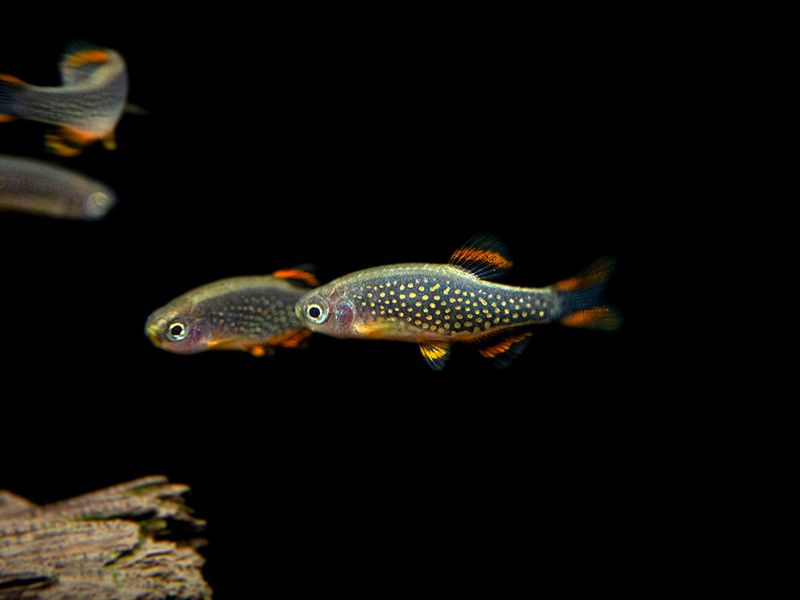
Imagine tiny fish covered in luminous pearls—that’s the magic these danios bring to cold water tanks! Each scale reflects light like a miniature gemstone, creating a twinkling light show as they dart through plants.
Unlike their zebra cousins, pearl danios maintain a more moderate swimming pace. They’re perfect community citizens, rarely bothering tankmates.
Their hardiness makes them ideal for cycling new tanks, though don’t subject them to unnecessary ammonia spikes just because they can survive it!
11. Odessa Barb: The Ruby-Flanked Beauty
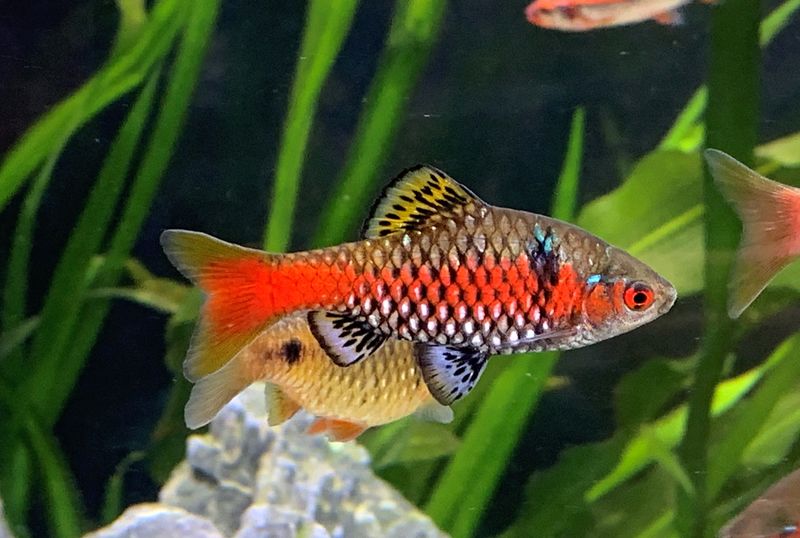
Male Odessas transform from plain silver fish to ruby-flanked showstoppers when trying to impress the ladies. Their brilliant red lateral stripe looks like someone painted it on with a fine brush!
These Ukrainian-named fish (discovered near Odessa) handle temperatures down to 60°F with ease.
They’re less nippy than tiger barbs but maintain that classic barb spunkiness. Plant their tank heavily with caves and driftwood to create territory boundaries and reduce squabbles.
12. Rainbow Shiner: The North American Neon
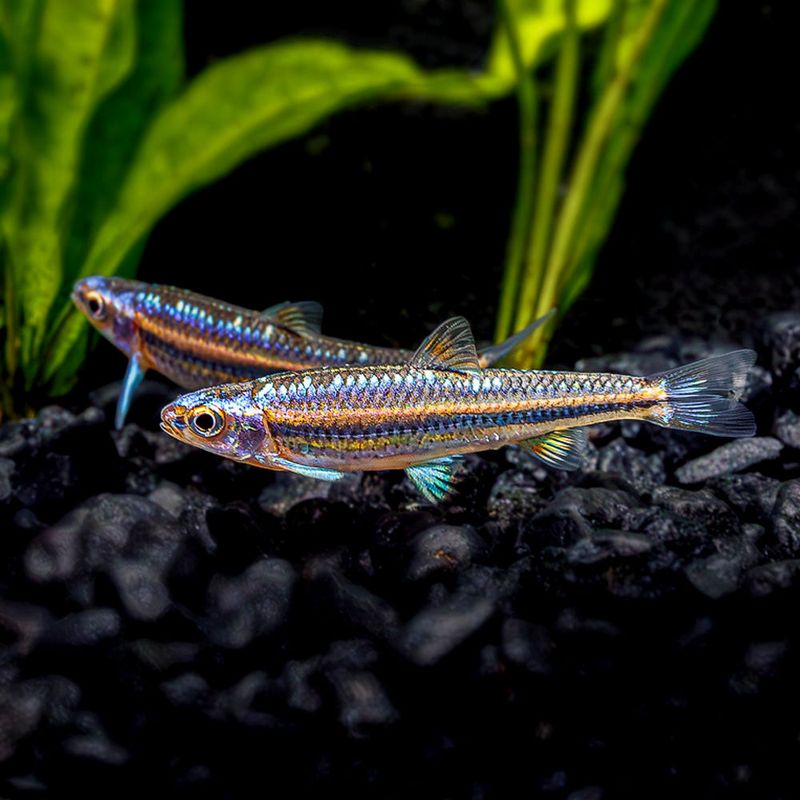
Forget importing exotic species—this native North American minnow outshines many tropical fish! During breeding season, males develop electric blue bodies with crimson fins that rival any coral reef dweller.
These stream-dwelling beauties prefer temperatures between 50-68°F—perfect for unheated Illinois tanks.
Their spawning ritual involves males building pebble nests by carrying stones in their mouths. Add smooth river rocks and watch nature’s construction crew at work during spring breeding season.
13. Bristlenose Pleco: The Whiskered Tank Janitor
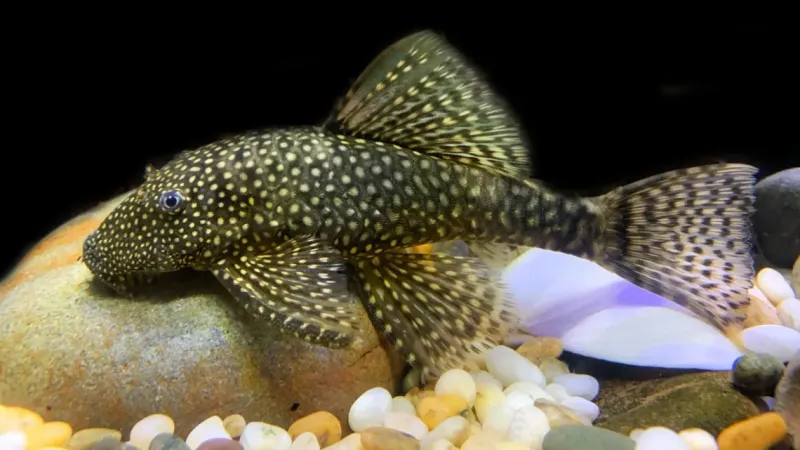
Those facial tentacles aren’t just for show—they’re highly sensitive food-finding tools! Males sport more impressive “mustaches” than females, making gender identification a breeze in these otherwise modest catfish.
Unlike common plecos that outgrow most tanks, bristlenose varieties stay under 5 inches. They’re algae-eating machines that handle temperatures down to 60°F without complaint.
Add driftwood to their diet—they literally need to chew wood for proper digestion and will rasp on it like tiny underwater beavers.
